CAMP BEUHRING, Kuwait - With limited time for build-up and training in Kuwait air crews fly right into dust qualifications before heading to Iraq.
Although dust landings are a requirement, it is some of the more dangerous training air crews from the 1st Air Cavalry Brigade, 1st Cavalry Division, will perform before heading into Iraq.
A dust landing is when air crews must land an aircraft in low visibility conditions while dust and sand fill the air.
For some of the crew chiefs who had previously deployed, like Sgt. Dustin Watson of Springdale, Ark., a UH-60 Black Hawk helicopter crew chief assigned to Company A, 3rd Assault Helicopter Battalion, 227th Aviation Regiment, 1st Air Cav. Bde., 1st Cav. Div., it was a good refresher.
"We have good training in Fort Hood, but the significant amount of dust here is usually a lot more than they are used to and it gives the crew chiefs a good idea of what they can expect in Iraq," Watson said.
The crew chiefs are the pilot's eyes; they let them know what is coming from behind the aircraft. Communication is a key element in a successful dust landing.
"We rely on the crew chiefs to inform us when that dust cloud forms at the tail of the aircraft and makes its way to the front before it engulfs the aircraft and we have no visibility at all," said Chief Warrant Officer 2 Eric Huff from San Diego, a UH-60 Black Hawk helicopter pilot in Company B, 3rd AHB, 227th Avn. Regt.
With the crew chiefs giving information about the conditions on the outside of the aircraft, the pilots still need to monitor what is happening on the inside.
"I typically use both visual and instruments during the landing just because that is my technique," Huff said. "Since this is my first time doing dust landings in Kuwait, the anxiety was there of having to pay attention to visuals, instruments and the input of the crew chief to make a landing without tearing up the aircraft and having to pay for it."
Huff said some of the more experienced pilots can just glance at their instruments and do most of the flying with just visual just because they have done the maneuver so many times.
The crew chiefs and pilots are definitely confident after doing the training here because these conditions are worse than Iraq, Watson said.
Crews of the AH-64D Apache attack helicopter and the CH-47 Chinook Helicopter also have to complete similar training before making the flight into Iraq.
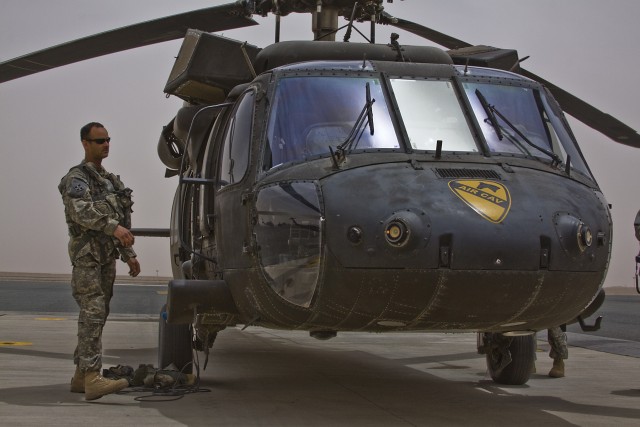
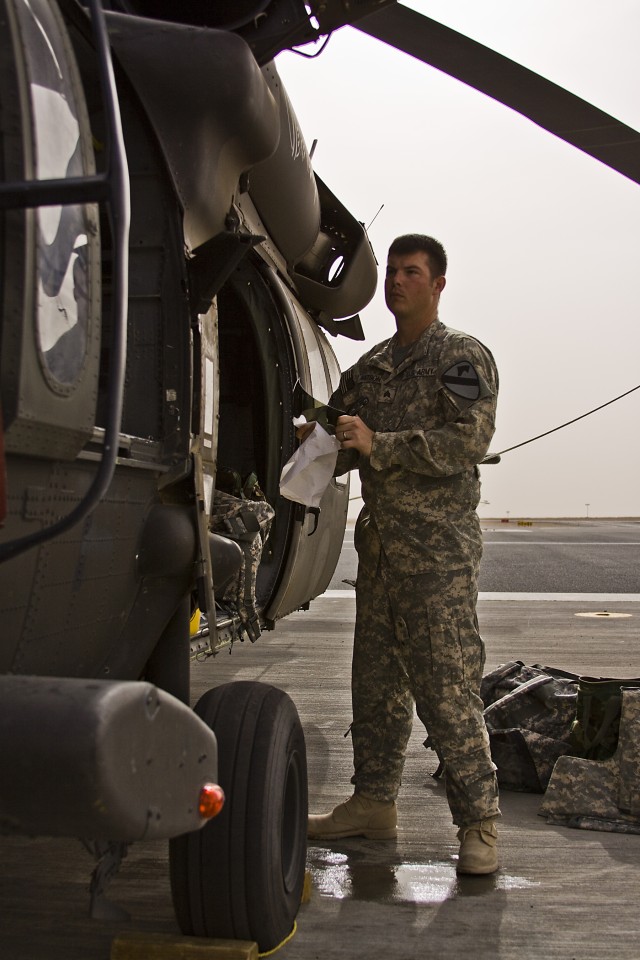

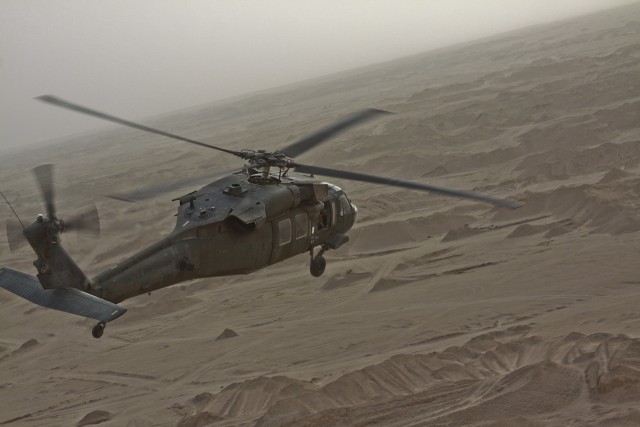
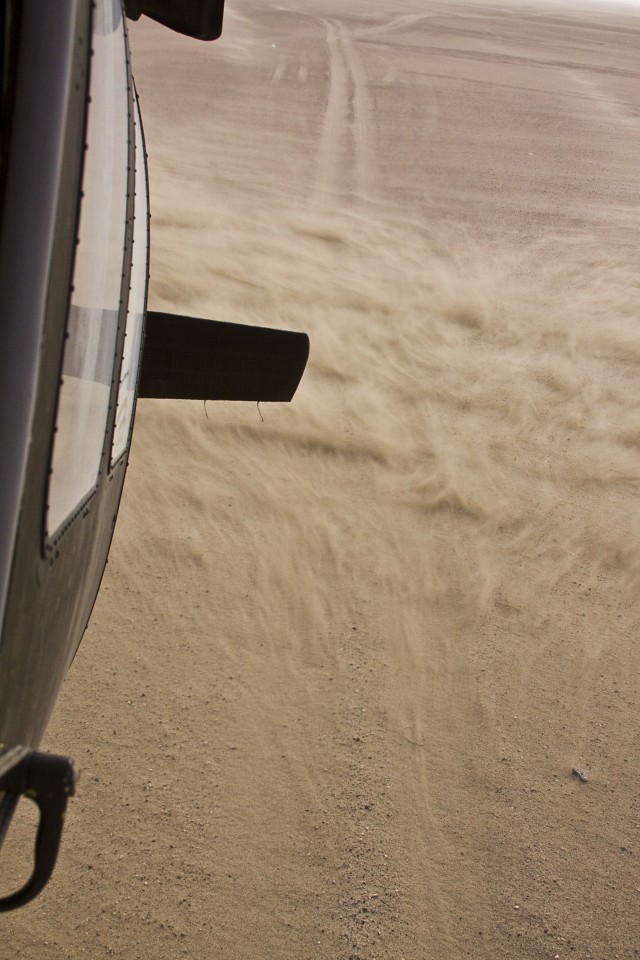

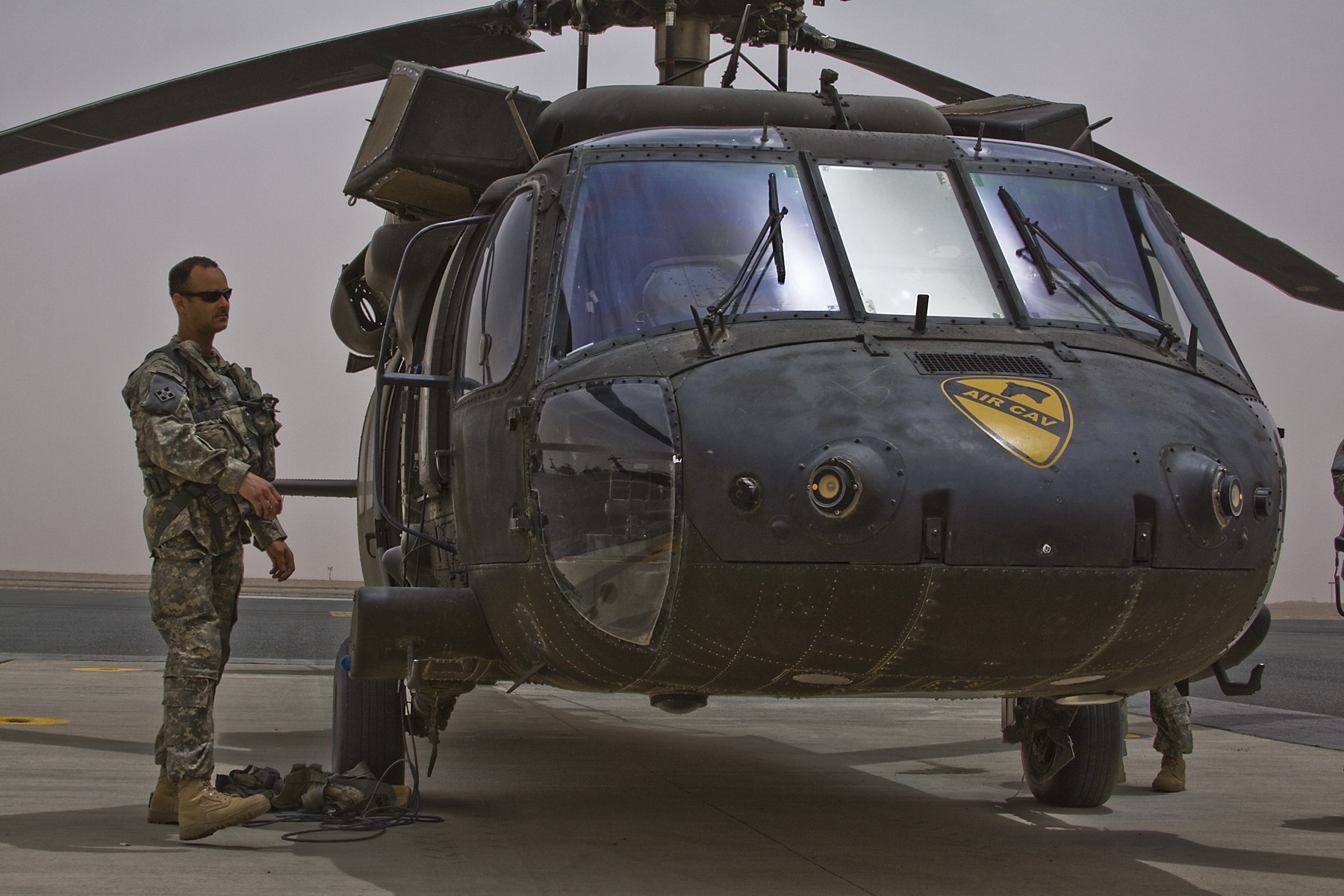
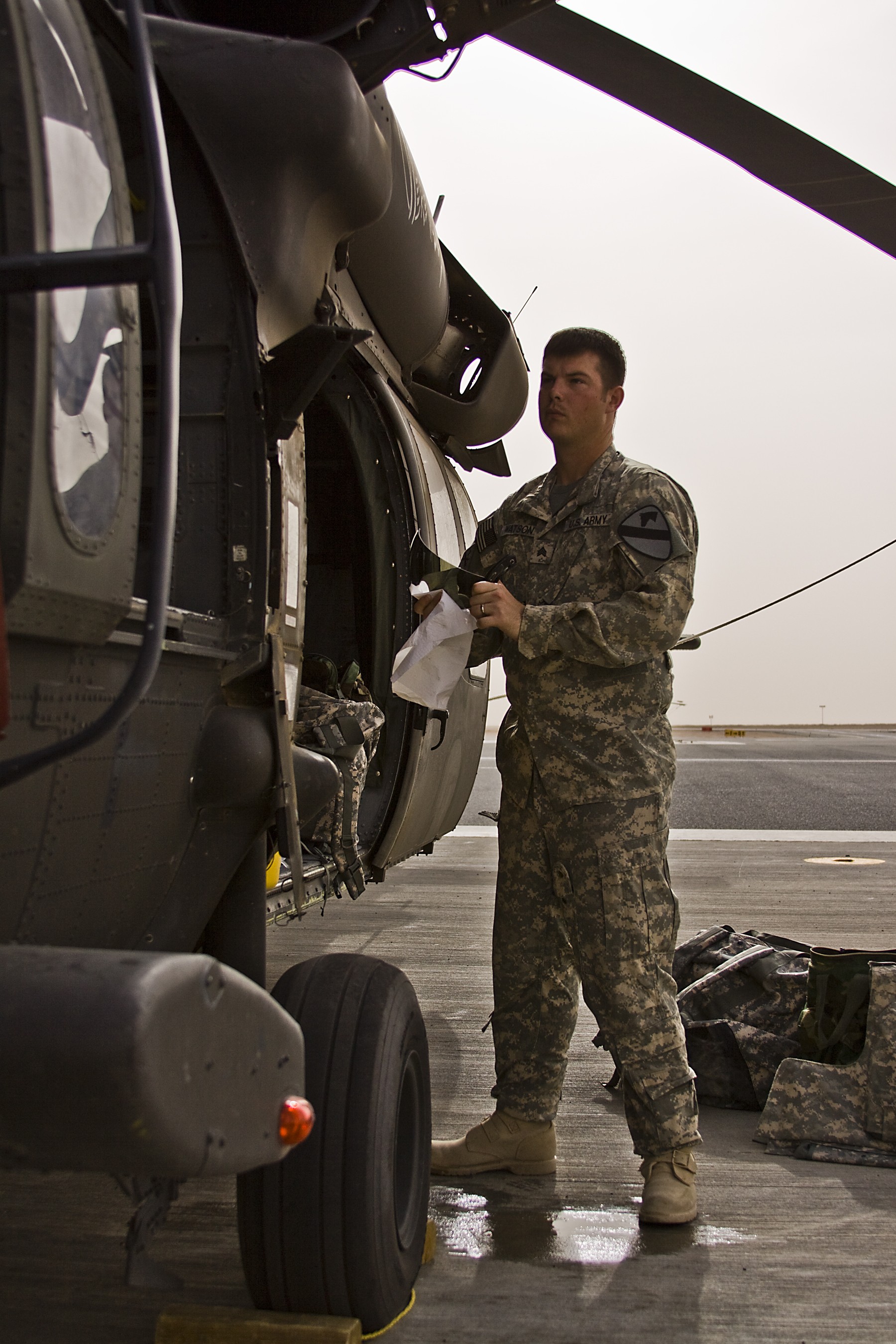

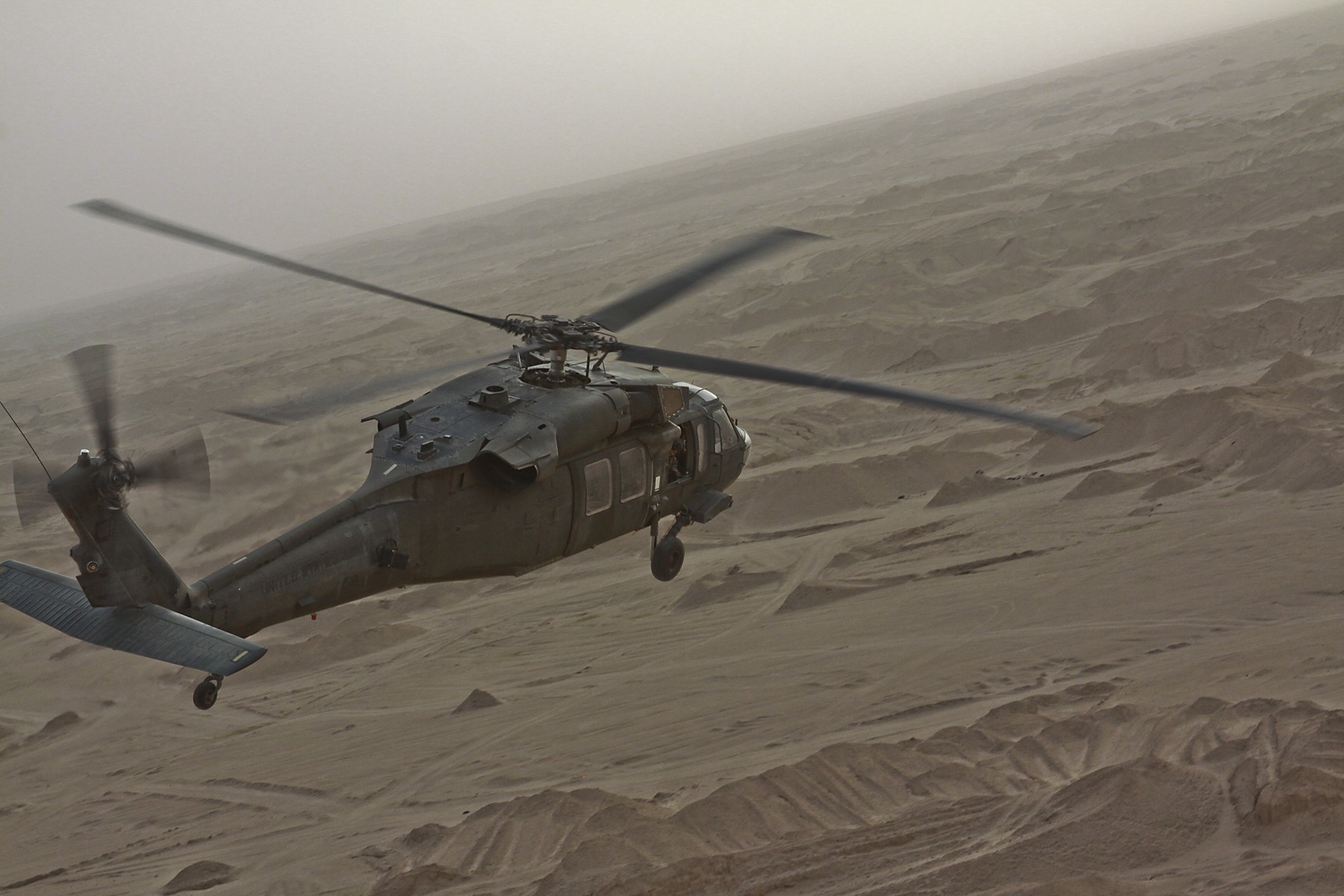
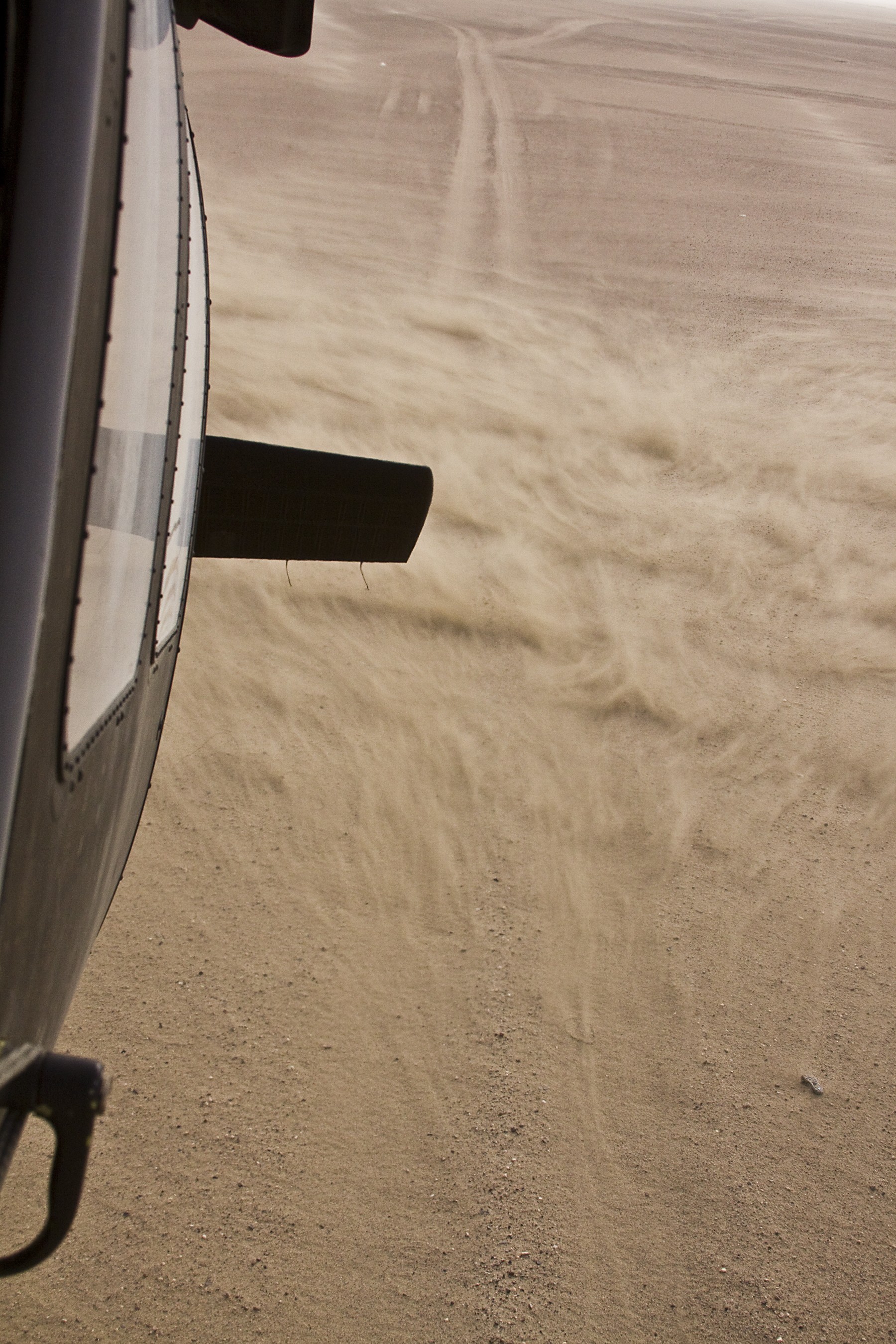
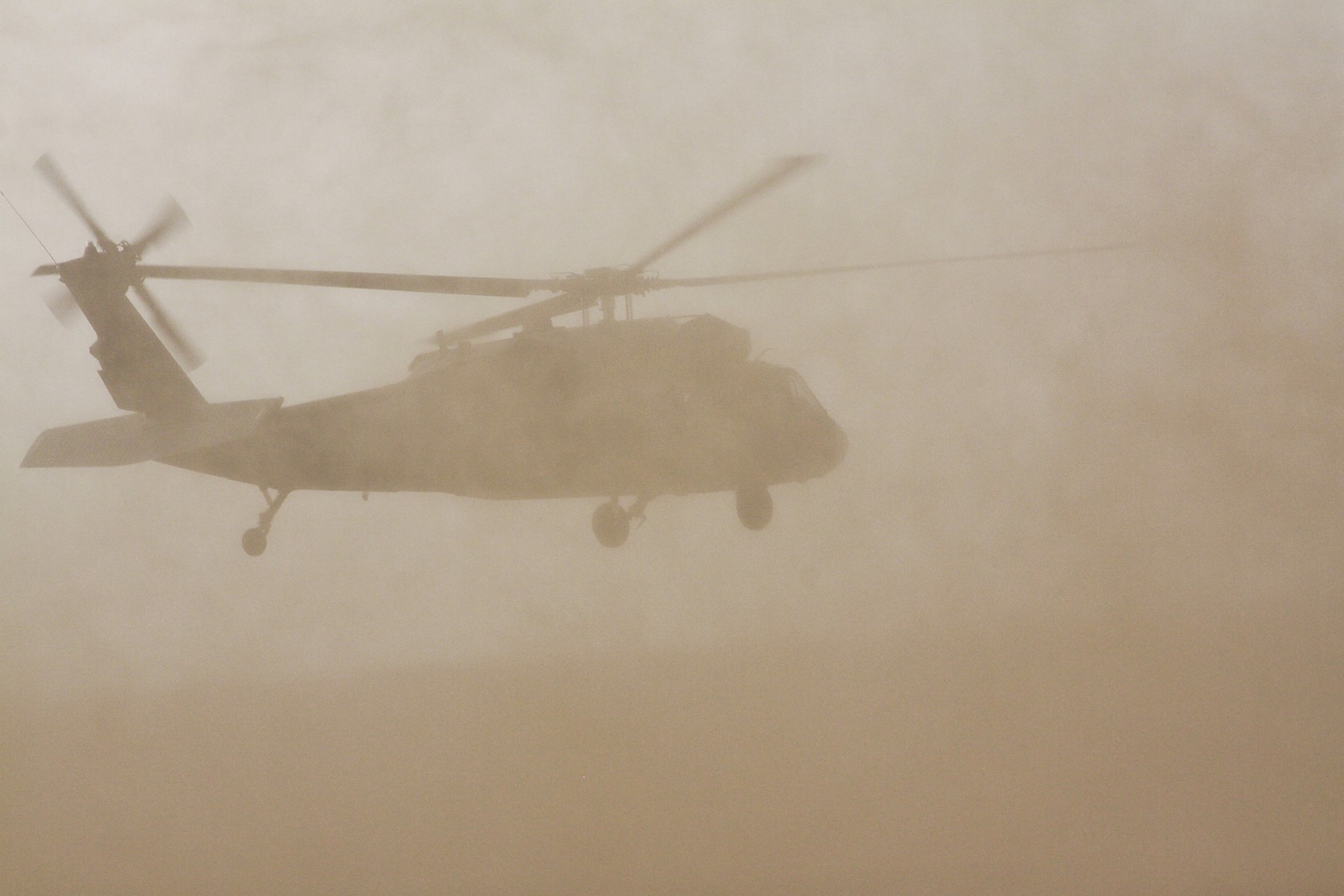
Social Sharing